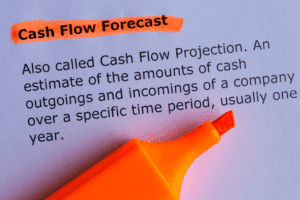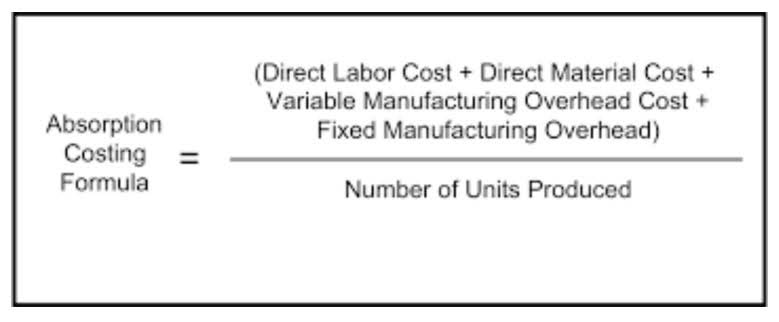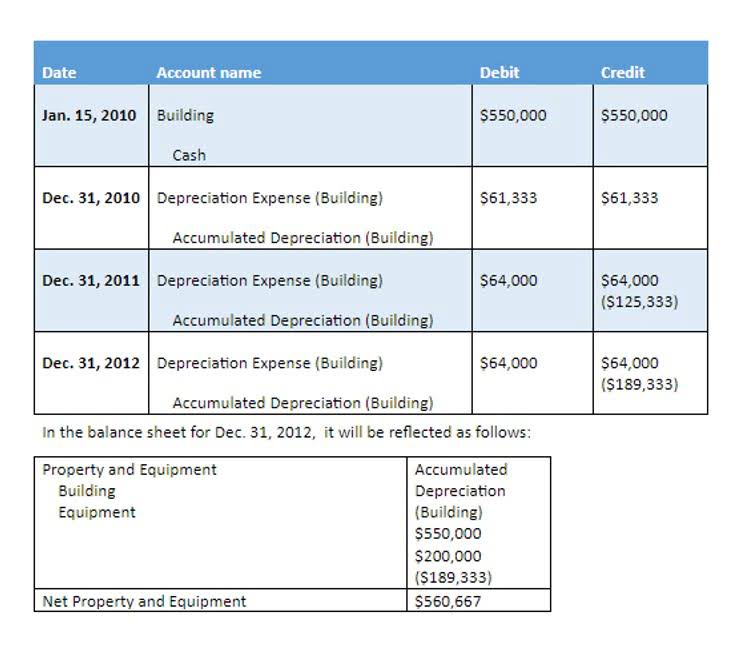But, the stability sheet provides a abstract of the corporate’s monetary position.The trial steadiness lists accounts in the order of their look within the general ledger. However, the balance sheet arranges belongings and liabilities based mostly on their liquidity or due date. By making certain the total debits equal the entire credits, the trial stability helps to determine and proper any potential bookkeeping errors in balancing accounts. The Steadiness Sheet is a financial assertion that provides a snapshot of a company’s financial place at a specific time limit. It presents the company’s assets, liabilities, and shareholders’ fairness.
It usually contains asset and expense accounts, fairness accounts corresponding to frequent stock and retained earnings, and liability accounts like accounts payable. Trial balance is the primary step to arrange a steadiness sheet and earnings statement and is ready to examine the accuracy of all basic ledger accounts. A stability sheet reveals a company’s net value, whereas the income statement highlights a business’s internet value and financial efficiency. Be it a small startup or a big enterprise, correct financial reporting relies closely on understanding key accounting elements.. Trial steadiness and balance sheet play an essential role in figuring out account balances and ensuring accurate reporting within the double-entry bookkeeping system.
The balance sheet, then again What Is The Difference Between A Trial Balance And A Balance Sheet, is part of the financial assertion report created for end customers like investors, creditors, and other related parties that should do enterprise with the firm. Discover the roles of trial balances and steadiness sheets in financial analysis, and find out how they work collectively to reflect an organization’s fiscal integrity. Not entirely; whereas it ensures entry accuracy, it doesn’t present the entire monetary position of a business as the balance sheet does. Tickmark, Inc. and its affiliates do not provide legal, tax or accounting recommendation.
Ready after all journal entries are posted, the trial steadiness follows double entry accounting principles, where every transaction affects a minimal of two accounts with equal debits and credits. Every ledger account is totaled, and the whole debits and credits are in contrast to ensure they match, serving as a key accuracy verify. One of the issues that usually confuses the newbie in accounting is the distinction between a trial steadiness and a balance sheet.
- Such an account corresponds to a counter account that makes the total debit and credit amounts equal.
- Tickmark, Inc. and its associates don’t provide legal, tax or accounting recommendation.
- For a extra thorough overview of your belongings and liabilities, including taxes, loans, mortgages, and accounts payable, you may also enlarge the report.
- A trial stability lists all the debit and credit balances from a business’s common ledger.
In the journal entry system, you should document the debit and credit score accounts properly. In Accordance to the rule of debit and credit, we will debit the account when the asset increases, and we’ll credit the account when income is increasing. It is essentially the most used methodology of recording enterprise transactions as a outcome of it offers a extra accurate amount of the transactions completed in the enterprise.
Each trial balance and balance sheet are essential terms utilized in accounting which I would say everyone ought to know to some extent, be it a business proprietor, finance skilled or perhaps a pupil. In this blog, we’ll take a look at the roles of both statements, how are they prepared, their format, examples of utilization, and the variations between the two. A trial stability is typically prepared on the finish of an accounting period (monthly, quarterly, or annually), after posting all journal entries into ledger accounts. From the trial stability, filter out the accounts that belong on the stability sheet i.e., all belongings, legal responsibility, and equity accounts. Exclude any income and expense accounts, since these are for the income statement. By analyzing a balance sheet, one can decide a company’s liquidity (through current property and liabilities), solvency (through total debts vs. equity), and overall monetary stability.
The trial balance and steadiness sheet, while distinct, are interconnected parts of the financial reporting course of. The trial steadiness is the groundwork from which the steadiness sheet is constructed. After the trial steadiness confirms that the ledger accounts are in balance, the information is then categorised and summarized into the balance sheet’s format. This transition from trial stability to stability sheet represents a shift from a basic check of arithmetic accuracy to a structured presentation of economic standing. Financial statements are the spine of a company’s monetary reporting process, providing stakeholders with essential details about its fiscal health and operational effectivity. Among these, the trial stability and stability sheet stand out as critical instruments for internal and external evaluation.
By inspecting monetary statements over multiple durations, analysts can determine patterns that indicate progress, stability, or decline. This temporal perspective can reveal whether or not an organization is enhancing in its capacity to handle money circulate, keep earnings stability, and construct fairness for its shareholders. It additionally https://www.kelleysbookkeeping.com/ helps in forecasting future performance primarily based on historic data, which is invaluable for investors and management alike. They serve not solely to replicate the current financial status but in addition to inform selections that can shape a company’s future.















